I’d always wanted to scuba dive, but my distrust of water after a near-drowning in childhood relegated the goal to my “someday” list.
That someday arrived when I had time to kill in Dauin-Zamboanguita, a dive community on the island of Negros in the Philippines, while my partner was volunteering in community health care there.
A series of protected reefs run along the coast, many of them accessible from the beach. Tiny Apo Island, one of the top dive spots in the country and the world, teased its appeal a few kilometres offshore.
“Almost anyone can dive,” says T.J. Gallogo, owner of Wild Scuba, a recommended and affordable PADI-certified scuba school. His smiling face and gentle nature reassured me, as did his record of training hundreds of divers and taking countless dives. “I stopped counting after a thousand,” he says.
The PADI ocean water course is the world’s most popular path to scuba certification. The bar to entry is low: the ability to swim 200 metres, and reasonable fitness. Check and check.
Gallogo assured me that after one pool dive and four ocean dives, plus some online learning, I’d be a licensed convert. I had my doubts.

Apo Island is considered one of the top dive spots in the country and the world.
The day of the pool dive came with surprises. First: the tank is heavy. Second: the harness that holds it to your body is a vest known as a buoyancy control device. It inflates and deflates at the press of a button. I started to feel better about this.
Down on the pool floor, I learned to breathe through a respirator, not through my nose. I learned how to retrieve the device if it came out, clear it and shove it back into my mouth without drowning. Gallogo taught basic buoyancy techniques, hand signals and how to clear a flooded mask. The cardinal rule: Always stay within two seconds’ reach of your dive buddy.
On day two, with the basics covered, it was time to raise the stakes and progress to shallow ocean dives. With one professional diver for each student, we backed off a beach into the waves, submerged ourselves and followed the sloping ocean floor down to a garden of coral.
Gallogo took us through more drills in the sun-dappled depths. This is what I remember of drowning: shafts of sun in the green, my feet scrambling for bottom. But now I felt calm as Gallogo taught us how to release leg cramps, equalize air pressure, share oxygen with a buddy who’s run low, and how to ensure running low never happens.
While we practiced, a green sea turtle rubbed its carapace against a rock, just as a bear will scratch its back on a tree. Another lifted off the sand and paddled past me in slow motion. I checked my gauge: nine metres! I was really scuba diving.
For days, “the Wall” surfaced in conversations in hushed tones of awe. The Wall is a cliff of coral at Apo where the big stuff lives: whale sharks, thresher sharks, manta rays, giant octopus. The Wall would be our final dive. The Wall made me nervous.

The Wall, a cliff of coral at Apo Island, hosts diverse marine life.
But once I leapt off the boat, I forgot my fears and swam in awestruck wonder. Clownfish hid shyly amid waving anemone. I passed butterfly fish, oriental sweetlips, sea snakes, parrotfish, wrasse and oddities I couldn’t identify.
Apo Island is home to more than 600 fish species and most of the 450 coral types found in the Philippines, but it wasn’t always so. Fishing with dynamite and cyanide, to stun the fish, once damaged the reefs.
Then, in the 1980s, marine scientist Dr. Angel Alcala spent years convincing the fishermen that creating a marine sanctuary would bring greater long-term benefits. Now, the reefs are back and his model has been replicated throughout the country.
On our final dive at Apo, we slipped over a precipice and down a living wall of coral. Far below, the Wall disappeared into midnight blue infinity. I monitored my depth gauge: Ten metres, 11, 12 …. Gallogo pointed out a rare electric clam, or disco clam, that flashes red luminous tissues.
My reverie was broken only by the astounding realization that I was exploring depths of 18 metres, the height of a six-storey building — and loving it. We ascended safely, pausing at five metres to decompress. At the surface, after fist bumps all around, I had my official credentials.


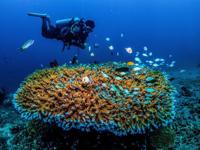
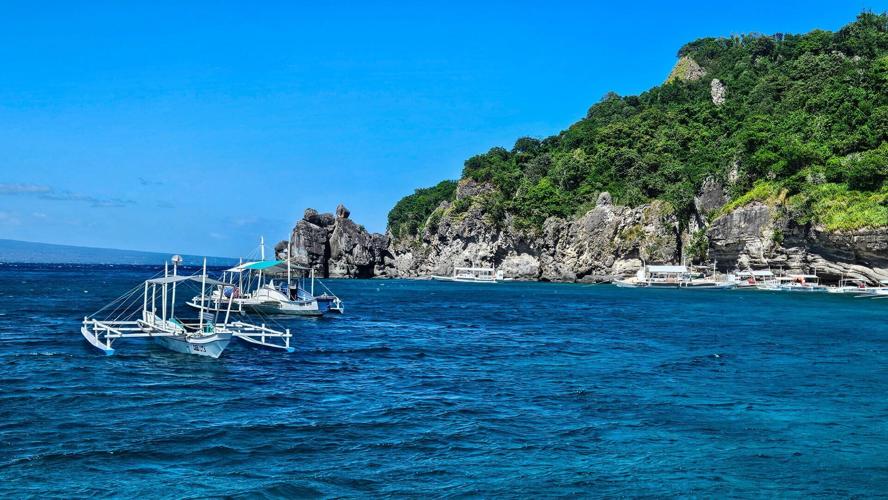








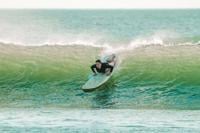



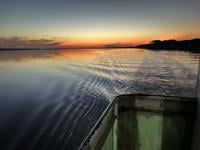

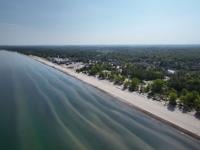

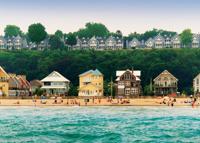





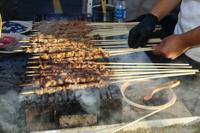








To join the conversation set a first and last name in your user profile.
Sign in or register for free to join the Conversation